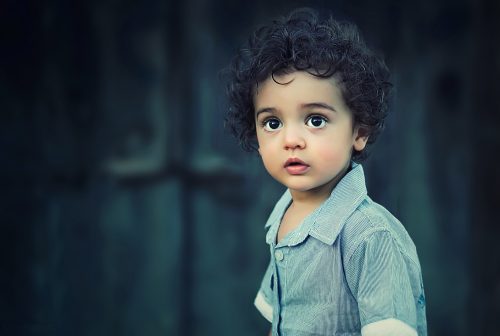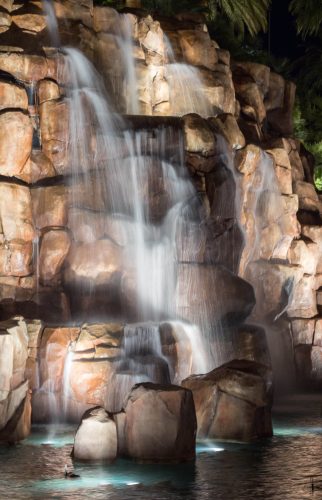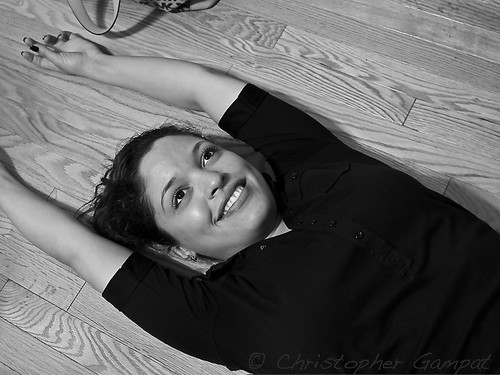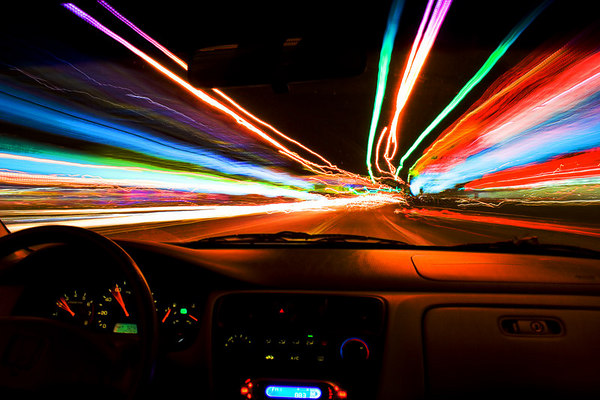
Depth of field refers to the amount of photo in focus. One reason many people purchase a DSLR camera is to blur their backgrounds with ease. Creating a creamy, blurred background helps a subject “pop” or stand out from the background. The following tips will help you create this desired blur. [Read more…]










